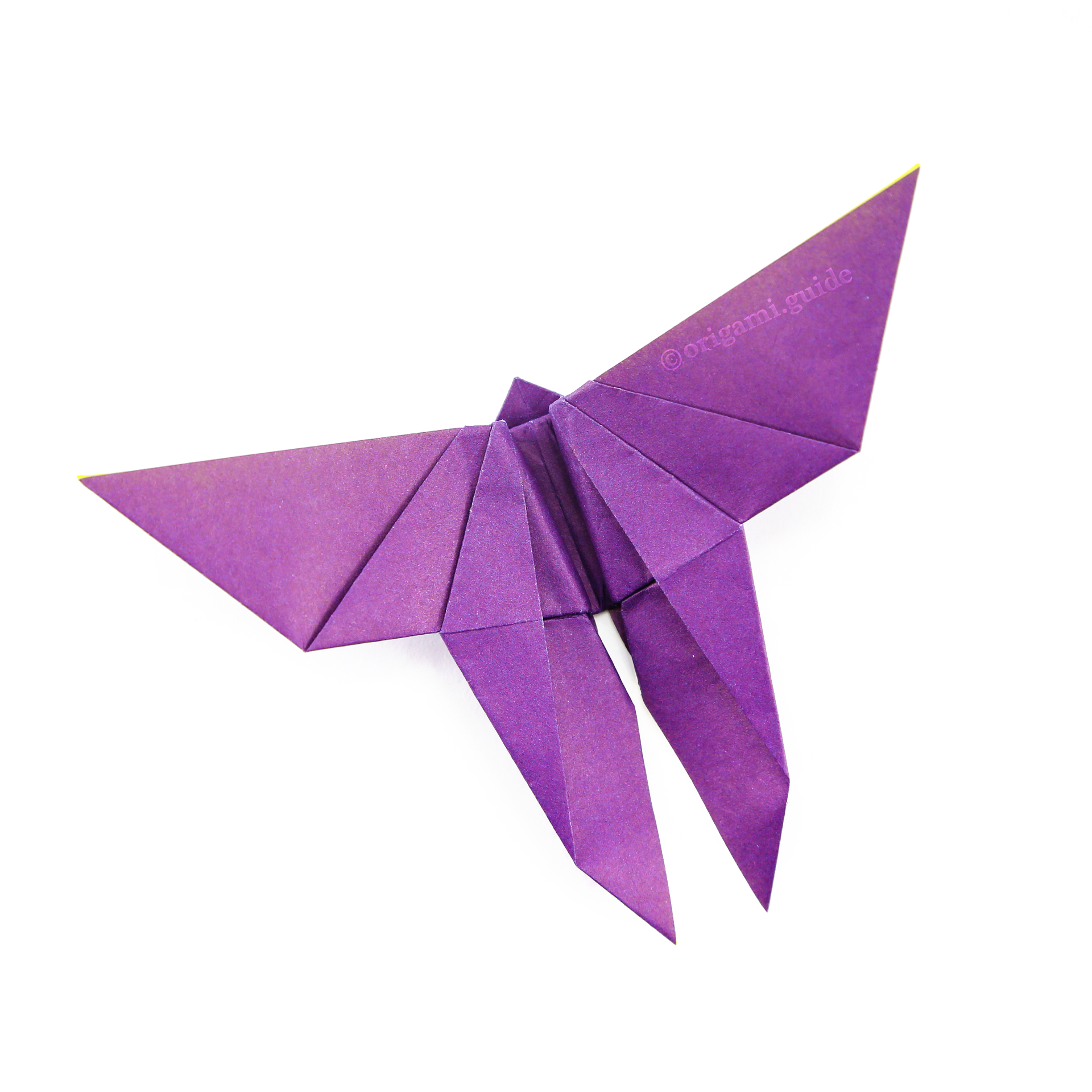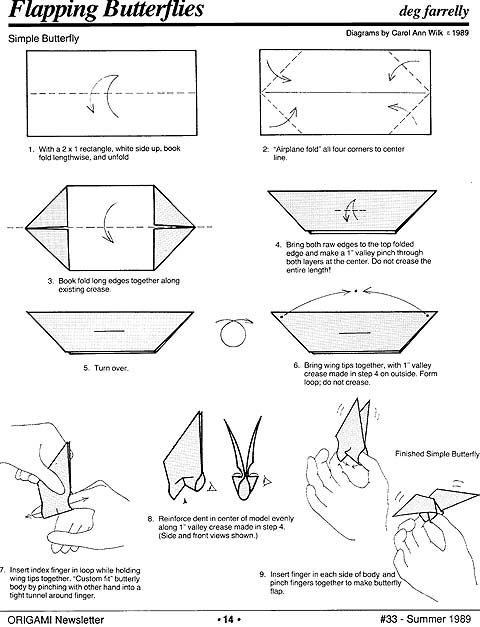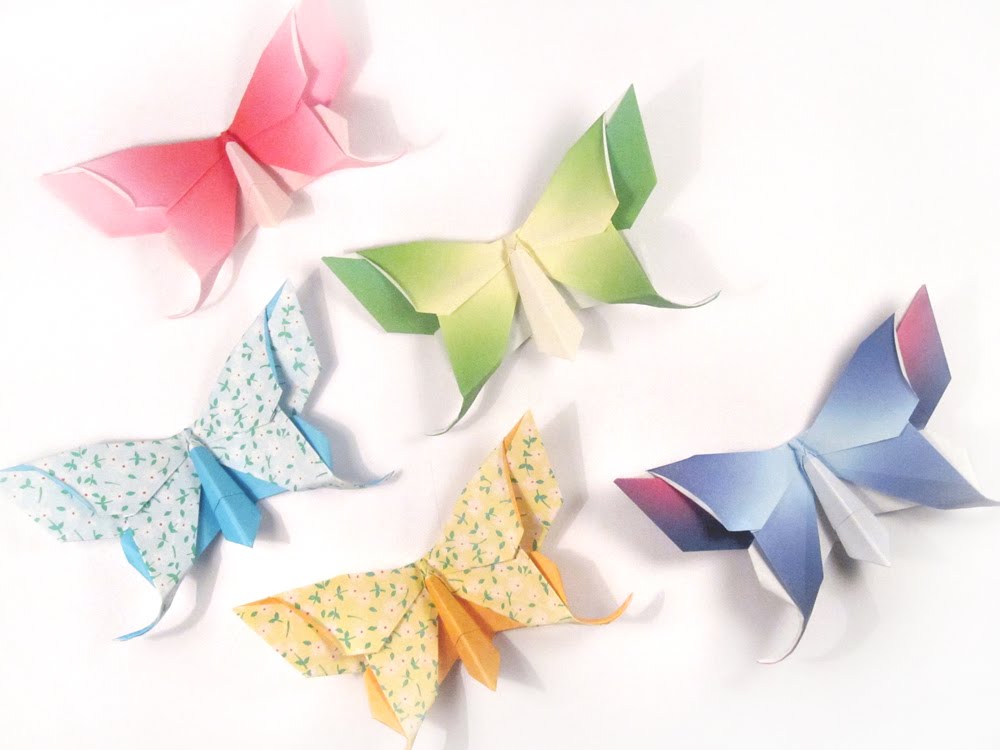

Females may be seen searching for host plants for most of the day. Males also patrol areas of the host plants for newly emerged females early in the morning. The adults are powerful fliers most active in the early morning and again at dusk when they actively feed at flowers. Adults feed at flowers providing a broad platform for the adults to land on, including Hibiscus. The adults may live for three months or more and have few predators, excluding large orb weaving spiders ( Nephila species) and some small birds. Imago A dorsal photograph of the Holotype female of Queen Alexandra's Birdwing Butterfly. Adults emerge from the pupae early in the morning while humidity is still high, as the enormous wings may dry out before they have fully expanded if the humidity drops. The time taken for this species to develop from egg to pupa is approximately six weeks, with the pupal stage taking a month or more.
Alexandra butterfly origami Patch#
Male pupae may be distinguished by a faint charcoal patch on the wing cases this becomes a band of special scales in the adult butterfly called a sex brand. The pupa is golden yellow or tan in colour with black markings. This is believed to be a potent vertebrate poison and is accumulated by larvae during their development. Plants of the family Aristolochiaceae contain aristolochic acids in their leaves and stems. They feed initially on fresh foliage of the host plants and their own eggs, ultimately causing ringbark to the vine before pupating. Larvae of this species feed on the shell from which they hatched and then start to extract nutrients from pipe vines of the genus Pararistolochia (family Aristolochiaceae), including P. The larva is black with red tubercles and has a cream-coloured band or saddle in the middle of its body.Ī lateral photograph of the Queen Alexandra Birdwing Butterfly caterpillar. Newly emerged larvae eat their own eggshells before feeding on fresh foliage. Larva Pararistolochia(some species were formerly Aristolochia) Under ideal conditions, the female Queen Alexandra's Birdwing is capable of laying over 240 eggs throughout its life. The eggs are large, light yellow and flattened at the base, fixated to the surface on which they are laid by a bright-orange substance. A spectacular form of the male is form atavus, which has gold spots on the hindwings. The wingspan of the males can be approximately 20 cm (8 in), but more usually about 16 cm (6.3 in). The underside is green or blue green with black veins. They are iridescent bluish green with a black central band. Male: There is sexual dimorphism in this species. The body is cream coloured and there is a small section of red fur on the brown thorax. The hindwings are brown with a submarginal line of centred yellow triangles. The female has brown wings with white markings arranged as two rows of chevrons. The female can reach, and slightly exceed, a wingspan of 25 cm to 28 cm (9.8 inches to 11 inches), a body length of 8 cm (3.1 in) and a body mass of up to 12 g (0.42 oz), all enormous measurements for a butterfly. Description įor explanation of terms, see External morphology of Lepidoptera.įemale: Female Queen Alexandra's birdwings are larger than males with markedly rounder, broader wings.

In 2001 the lepidopterist Gilles Deslisle proposed placing it in its own subgenus (which some writers have treated as a genus) he originally proposed the name Zeunera, but this is a junior homonym (with Zeunera Piton 1936 ), and his replacement is Straatmana. Though most authorities now classify this species in the genus Ornithoptera, it has formerly been placed in the genus Troides or the now defunct genus Aethoptera. Although the first specimen was taken with the aid of a small shotgun, Meek soon discovered the early stages and bred out most of the first specimens.

In the next year, Rothschild named the species in honour of Alexandra of Denmark.

The species was discovered in 1906 by Albert Stewart Meek, a collector employed by Walter Rothschild to collect natural history specimens from New Guinea. The species is endangered and one of only three insects (the other two being butterflies as well) to be listed on Appendix I of CITES, making commercial international trade illegal. This birdwing is restricted to the forests of the Oro Province in eastern Papua New Guinea. Ornithoptera alexandrae, the Queen Alexandra's birdwing, is the largest species of butterfly in the world, with females reaching wingspans slightly in excess of 25 cm to 28 cm (9.8 inches to 11 inches).


 0 kommentar(er)
0 kommentar(er)
